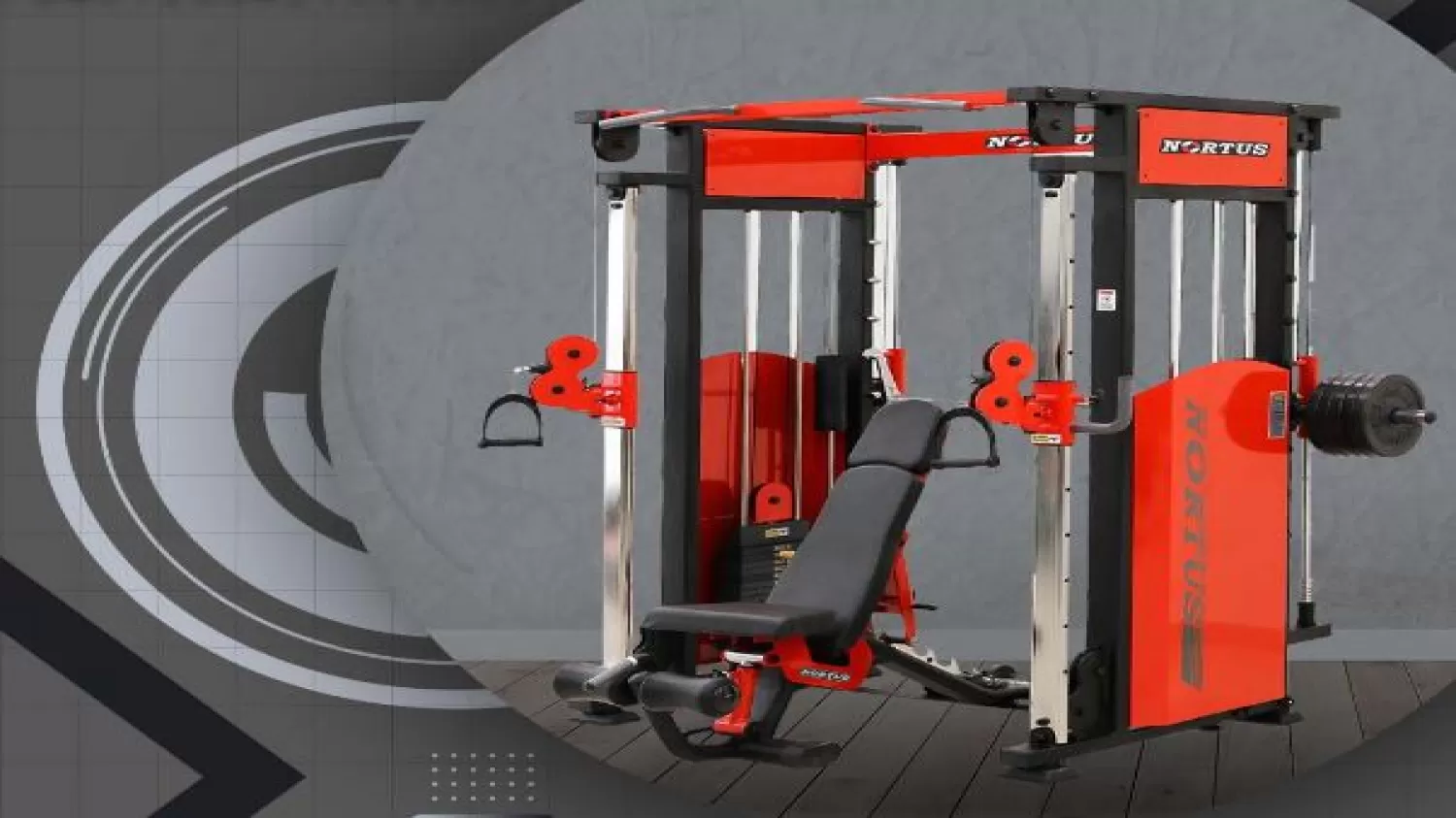Exercising in gyms during hot summer days requires special attention to hydration, temperature control, and overall well-being.
Check out these tips by a leading fitness brand that offers the best Complete gym setup in India -
Hydrate Properly
Hydrate properly by drinking water before, during, and after your workout.
It's important to keep your body hydrated, especially in hot weather when you sweat more.
Drink about 8 ounces of water every 15-20 minutes while exercising to replenish fluids lost through sweat.
Dehydration can make you feel tired and dizzy, so drinking enough water helps keep your energy levels up and supports your body's cooling system.
Time Your Workout
Schedule your gym sessions during cooler parts of the day, typically early morning or late evening, to avoid peak heat.
To stay cool while exercising in summer, choose times like early morning or late evening for your gym sessions.
These parts of the day are usually cooler than midday when the sun is strongest.
This helps you avoid overheating and makes your workout more comfortable.
Choose Lightweight Clothing
Wear moisture-wicking, breathable fabrics that allow sweat to evaporate quickly and keep you cooler.
Choose lightweight clothes made from materials that help sweat evaporate quickly.
These fabrics, like polyester blends or moisture-wicking materials, keep you cooler by letting air flow through and drying faster.
This prevents clothes from sticking to your body and helps regulate your temperature during hot gym workouts.
Avoid heavy fabrics like cotton, which can absorb sweat and make you feel hotter and uncomfortable.
Use Sunscreen
If your gym has windows or if you're exercising outdoors, apply sunscreen to exposed skin to protect against harmful UV rays.
Even if you're indoors at the gym, sunlight can come through windows and affect your skin.
Sunscreen helps prevent sunburn and reduces the risk of skin damage and skin cancer.
Choose a broad-spectrum sunscreen with SPF 30 or higher, and apply it to any exposed skin before your workout.
Warm Up and Cool Down
Start with a gentle warm-up indoors before progressing to more intense exercises.
Finish with a proper cool-down to lower your heart rate gradually.
A warm-up helps prepare your muscles and heart for exercise by gradually increasing your body temperature and circulation.
This can include light jogging on commercial treadmill for gym, stretching, or bodyweight exercises.
Cooling down after exercise involves gradually lowering your heart rate and stretching to improve flexibility and reduce muscle soreness.
Both are important for preventing injuries and promoting recovery.
Modify Intensity
Reduce the intensity of your workout on hot days to prevent overheating.
Listen to your body and take breaks as needed.
It's important to listen to your body and take breaks if you feel too hot or tired.
Lowering the intensity of exercises helps prevent exhaustion and allows your body to adapt to the heat more easily.
This way, you can still stay active and safe during summer gym sessions.
Utilize Fans or AC
Choose a gym with good ventilation or fans to circulate air, or opt for air-conditioned spaces to keep cool during workouts.
Fans help move air around, which can make you feel more comfortable and help sweat evaporate.
Air conditioning keeps the gym cool and helps lower the temperature, making it easier to exercise without overheating.
Choosing a gym with good ventilation or AC can make your workout more enjoyable and safer during hot weather.
Stay Indoors During Peak Heat
If possible, avoid outdoor workouts during the hottest part of the day (usually between 10 AM and 4 PM).
The sun is strongest during these hours, making it harder to stay cool and increasing the risk of overheating.
By exercising indoors or choosing cooler times like early morning or late evening, you can avoid the peak heat and have a more
comfortable workout experience.
Monitor Humidity Levels
High humidity can make it harder for your body to cool itself through sweat evaporation.
Be aware of how your body responds and adjust your workout intensity accordingly.
High humidity means there's a lot of moisture in the air.
When it's humid, sweat doesn't evaporate from your skin as easily.
This makes it harder for your body to cool down during exercise.
If it feels very sticky or you find it hard to breathe, the humidity might be high.
Listen to your body's signals and adjust your exercise intensity as necessary to prevent overheating.
Know the Signs of Heat Exhaustion
Know the signs such as feeling dizzy, nauseous, having a headache, or sweating excessively.
If you experience any of these, stop exercising, move to a cooler place, and hydrate.
These could mean you're experiencing heat exhaustion.
If you notice these signs, stop exercising immediately, move to a cooler place, and drink water to rehydrate.
It's important to take these symptoms seriously to prevent more serious heat-related problems like heat stroke.




_150_x_120.webp)



 Need Help ?
Need Help ?